Is the Fuji X-T3 still a good camera in 2022?
posted Friday, March 25, 2022 at 10:15 AM EST
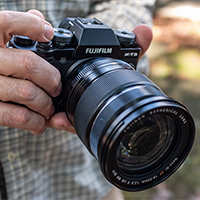
Camera manufacturers are constantly redesigning, innovating and updating their products. They develop new technologies, fix issues and add new features to make their cameras (hopefully) better than the ones before them. But, once a new model arrives on store shelves, what about the previous model? Or what about models from a couple of revisions ago? These cameras that were once the best of their model line have now been replaced. But, of course, they don't suddenly stop working. In light of newer models with updated features and improvement, these older models are often still being made for some time by the manufacturer -- and can be had for a nice discount compared to the latest and greatest model. But are they still a good deal, and should you consider picking "last year's model" over the latest one? How does it stack up today?
In this first installment of what we hope is a helpful series, we will take a look at the Fujifilm X-T3. This enthusiast-level APS-C mirrorless camera debuted back in 2018, and while the camera isn't necessarily that old, it's already been replaced by the Fuji X-T4. What's more, the X-T3 isn't discontinued by the manufacturer, and you can still buy brand new X-T3 cameras -- with a healthy discount compared to the newer X-T4 model. Furthermore, Fujifilm themselves have a long history of supporting their older camera models with firmware updates years after release, often adding new features that give its older cameras a longer lifespan.
So, what does the Fuji X-T3 camera offer nowadays, what are its drawbacks and downsides, how does it compare to the latest model, and should you consider picking one up if you're in the market for a new mirrorless camera?
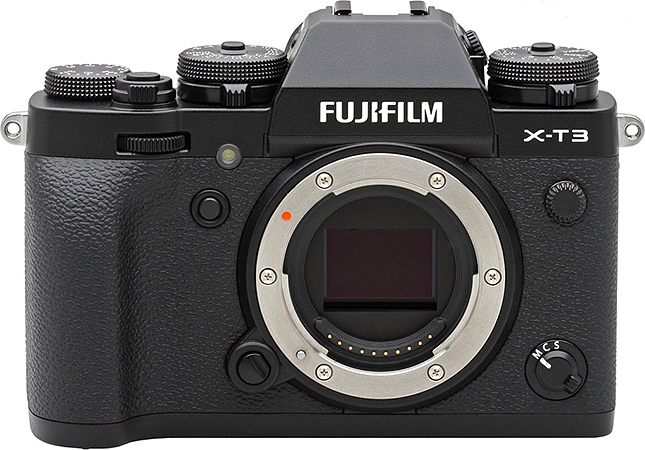
Fujifilm X-T3 Review in a nutshell: What does X-T3 offer?
Compared to the X-T3's predecessor, the Fuji X-T2, this third-generation X Series enthusiast camera underwent a major overall, especially under the hood. The X-T3 brought in Fuji's latest and higher-res sensor, a 26.1-megapixel X-Trans sensor, a newer and faster processor, a major overhaul to the autofocusing system and better, more professional-oriented video recording features.
The exterior looks similar, but it too received some updates, mainly to the size of the grip -- it's a bit larger and more comfortable -- and there are a few minor changes and improvements to the dials, as well, that make the controls easier to use than on earlier models. The EVF got a nice upgrade to a faster and much higher-resolution 3.69M-dot display. It's a really nice, sharp EVF. The durability also received some improvements; it's still weather-sealed as before, but Fuji also strengthened the lens mount and the base of the camera. All in all, the X-T3 looks good, feels better and can withstand more.
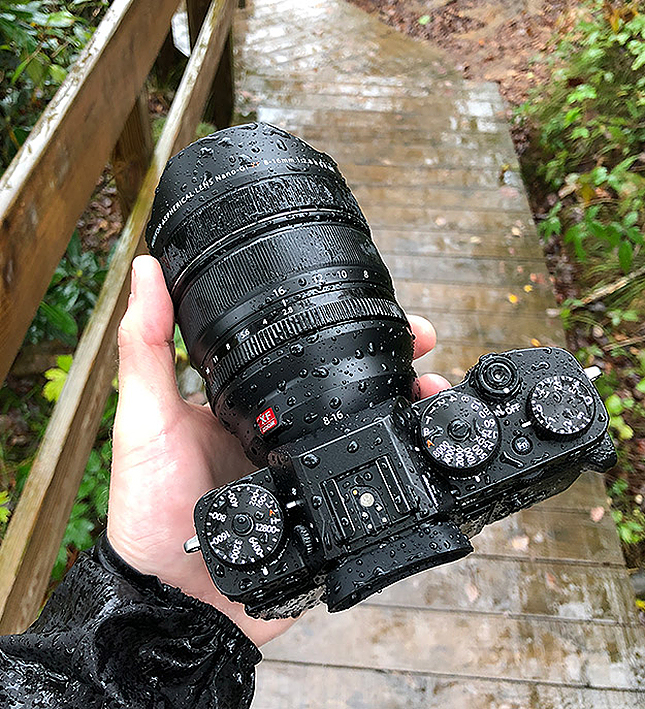
After reviewing the Fuji X-T3, it pretty much boiled to a simple phrase: The X-T3 is an amazing camera. So amazing, in fact, that we named it the best camera of 2018. The image quality performance at both low and higher ISO was excellent, the video quality was also very good, and the build quality and design were both stylish and rugged. But the real kicker was that its list price at the time was just $1,500, which was just an outstanding bang for your buck. An enthusiast-level, weather-sealed, 20fps-shooting, 4K 60p-recording, APS-C camera for well under $2K? A fantastic deal!
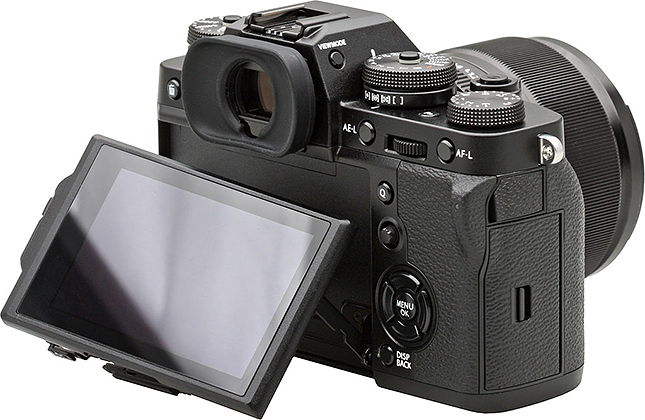
What are you missing out on compared to the X-T4?
If you take a look at our review conclusion and scroll through our Pros and Cons list for the X-T3, we have an overwhelming number of Pros compared to a sparse list of Cons. The X-T3 does a lot of things really well. But, it was lacking a notable feature that had begun to crop up on more and more mirrorless cameras: in-body image stabilization (IBIS).
The X-T3 lacks any sort of body-based IS system, which has become a pretty common feature in other mirrorless cameras nowadays. At the time, most of Fujifilm's X Series cameras didn't have IBIS, and instead relied on optically-stabilized lenses. That still works well for the most part, but having IBIS gives you image stabilization with essentially *any* lens you can mount to it, which is handy. Plus, cameras with IBIS can often combine the body IS with a paired lens's optical IS for even more powerful, smoother image stabilization performance.
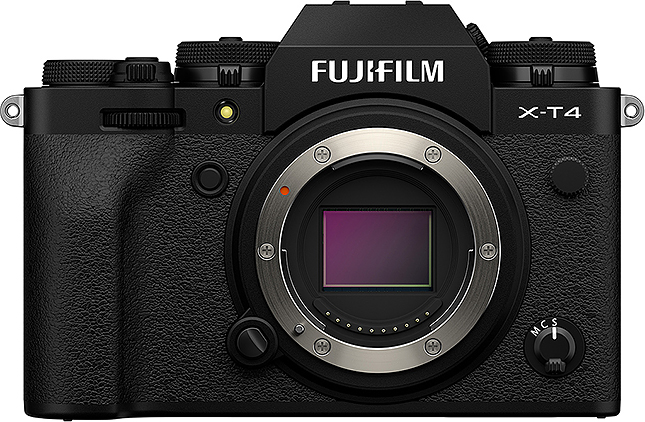
The Fuji X-T4 added that missing feature. By and large, that is the single biggest feature improvement for the X-T4 over the X-T3.
In many other ways, the X-T3 is very similar to the newer model, using the same image sensor, processor, AF system and more. The X-T4 has the same excellent image quality performance as the X-T3 and super-fast AF (though Fuji has improved low-light AF in the newer model somewhat and improved the performance of eye-detection AF). Video features are also similar, with 4K video up to 60p. However, 1080p video can now be shot at up to 240fps rather than just 120fps in the X-T3.
There's also a new Eterna Bleach Bypass Film Simulation mode amongst the existing healthy array of options, and continuous burst shooting is just as speedy in most settings -- however, you can shoot up to 15fps with the mechanical shutter now rather than just 11fps with the X-T3. However, you still get full-res 20fps burst shooting with the electronic shutter with either camera.
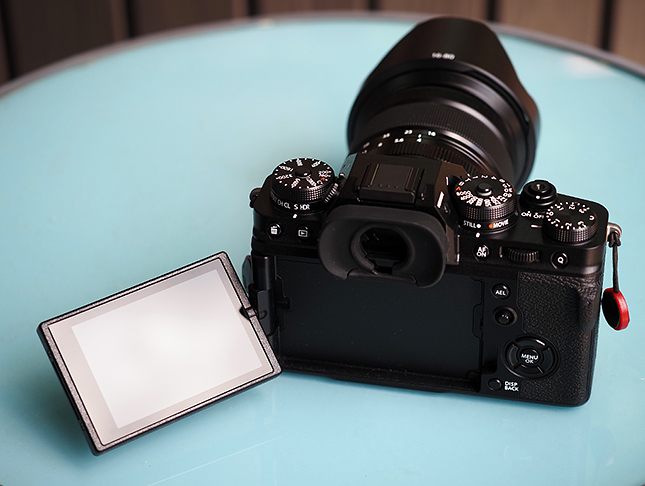
Physically, the two cameras look and feel very similar, too, although the X-T4 gets a slightly larger handgrip, a few tweaks to some buttons and a redesigned tilt-swivel rear LCD touchscreen.
Recent updates to the Fuji X-T3
As mentioned earlier, Fujifilm has a reputation for continuing to support and release firmware updates for their earlier cameras, and that stays true with the X-T3. In addition to several firmware updates, including a big v4.0 update back in 2020 that added new functionality, improved AF performance, upgrades to Face/Eye AF and more to the X-T3, Fujifilm also stated that they are continuing to produce the X-T3, using a new product designation -- the X-T3 WW, or "X-T3 World Wide Version." This "new" X-T3 is still the same camera as before but ships without a dedicated battery charger. The camera supports USB battery charging, or you can purchase a charger separately if you want. Additionally, and most importantly, the X-T3 WW comes with a sizable price discount, with a body-only price now of just $1,099.95. You can also get a kit with a high-quality zoom lens for $1500. That's a fantastic price for an excellent camera!

So, is the Fuji X-T3 still worth it in 2022? I sure think so, especially so at its new, lower price. If you want to upgrade your camera to an enthusiast-grade camera and don't mind the lack of IBIS, the Fujifilm X-T3 is an incredible camera that can be had for a really good price.
Estimated Street Price: $1,099.95 - Check current prices at B&H or Amazon
Try It Before You Buy It? -- Rent this from Lensrentals